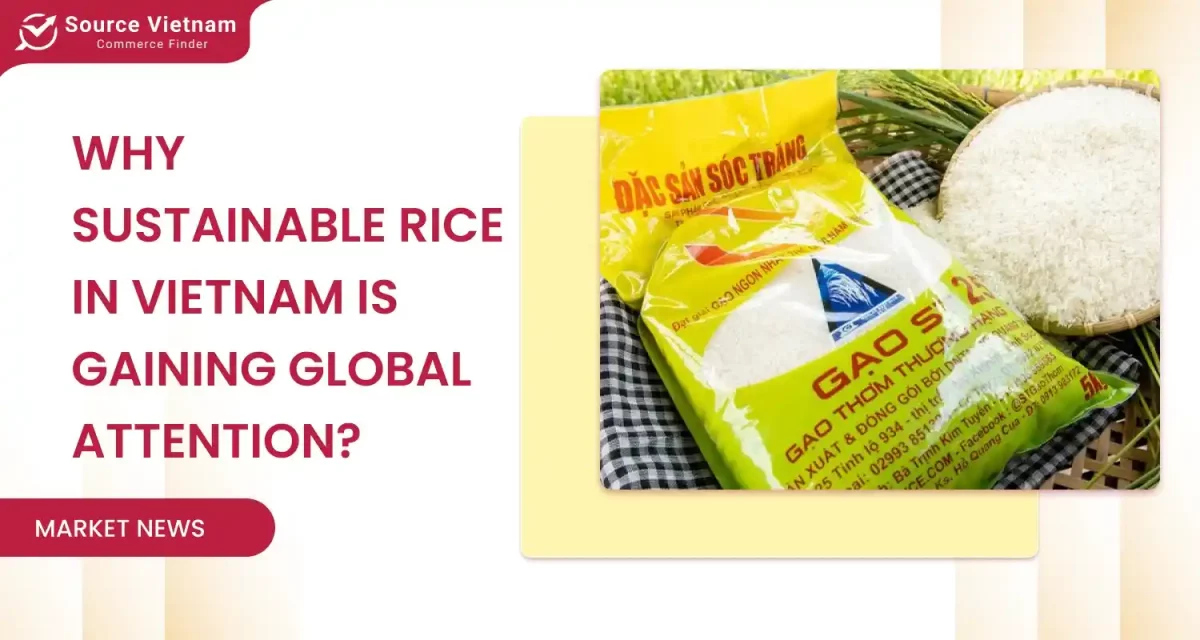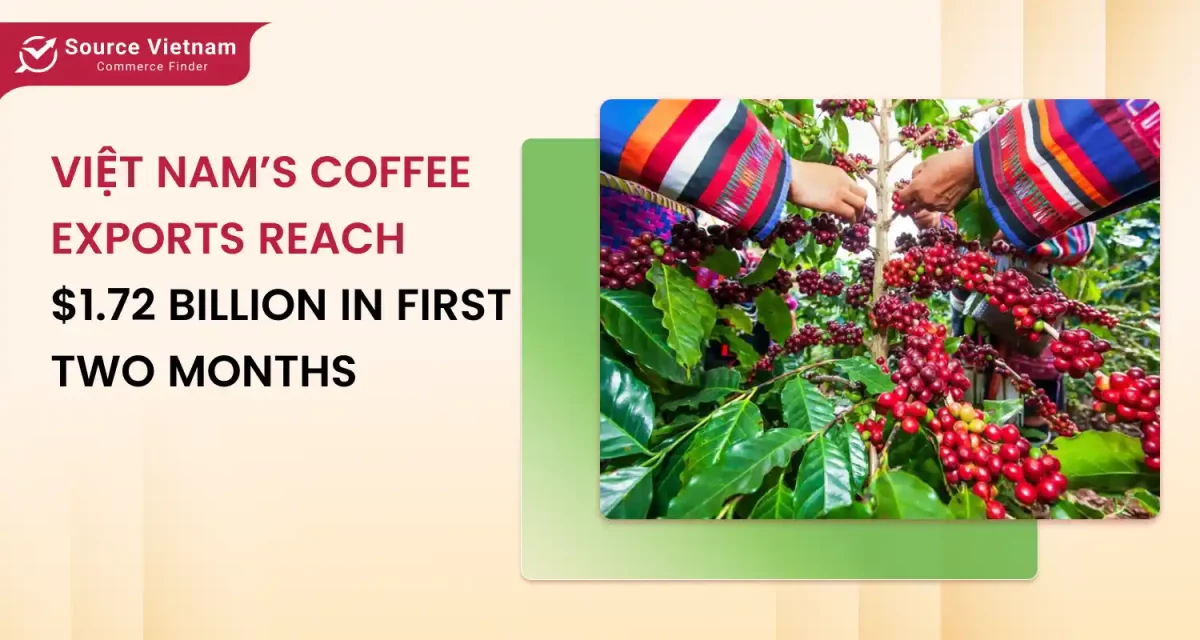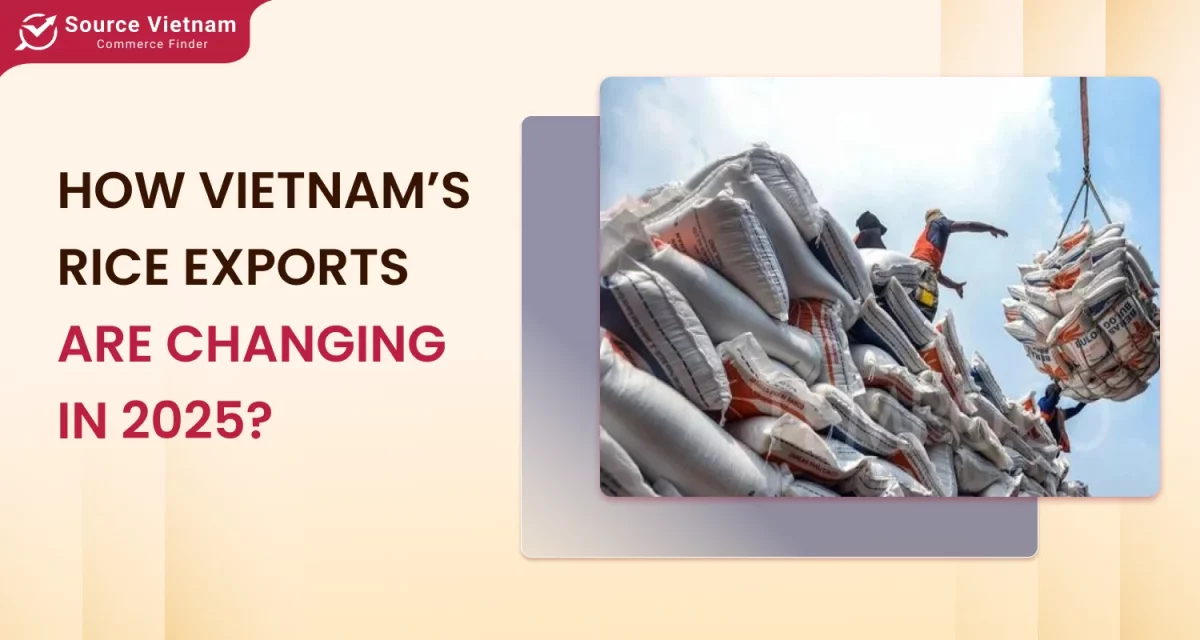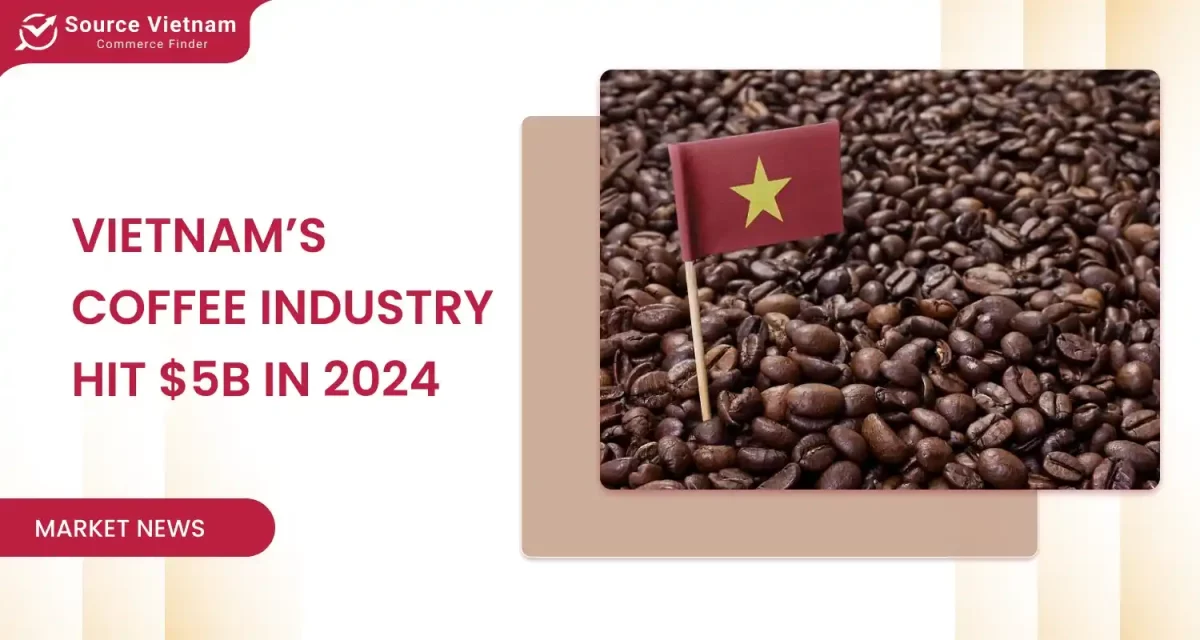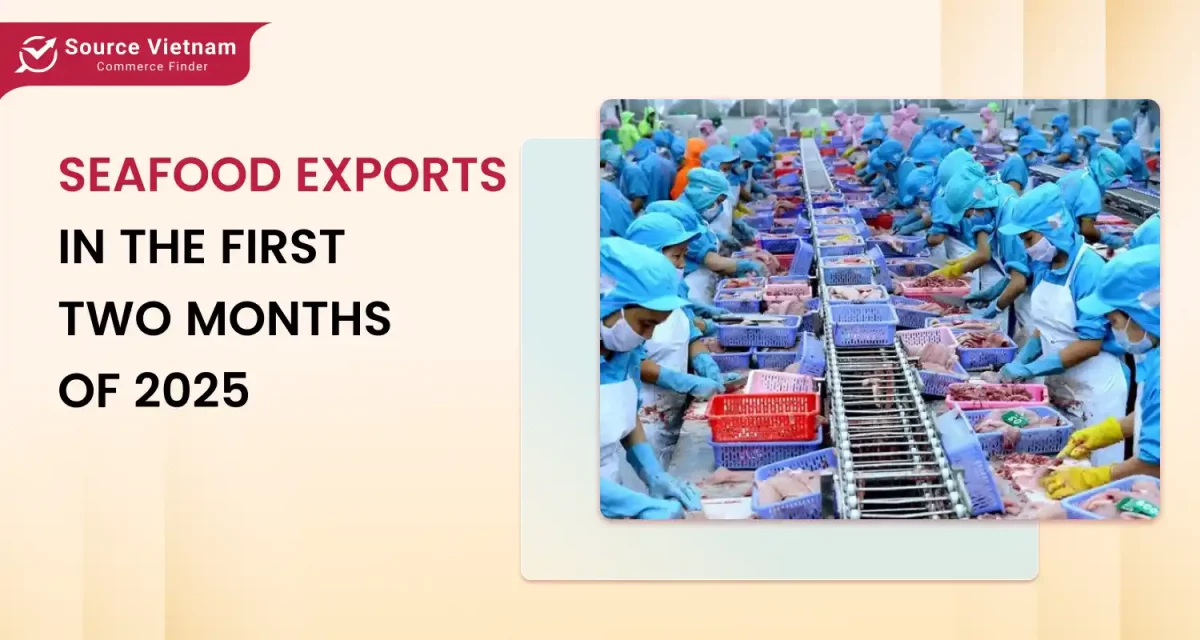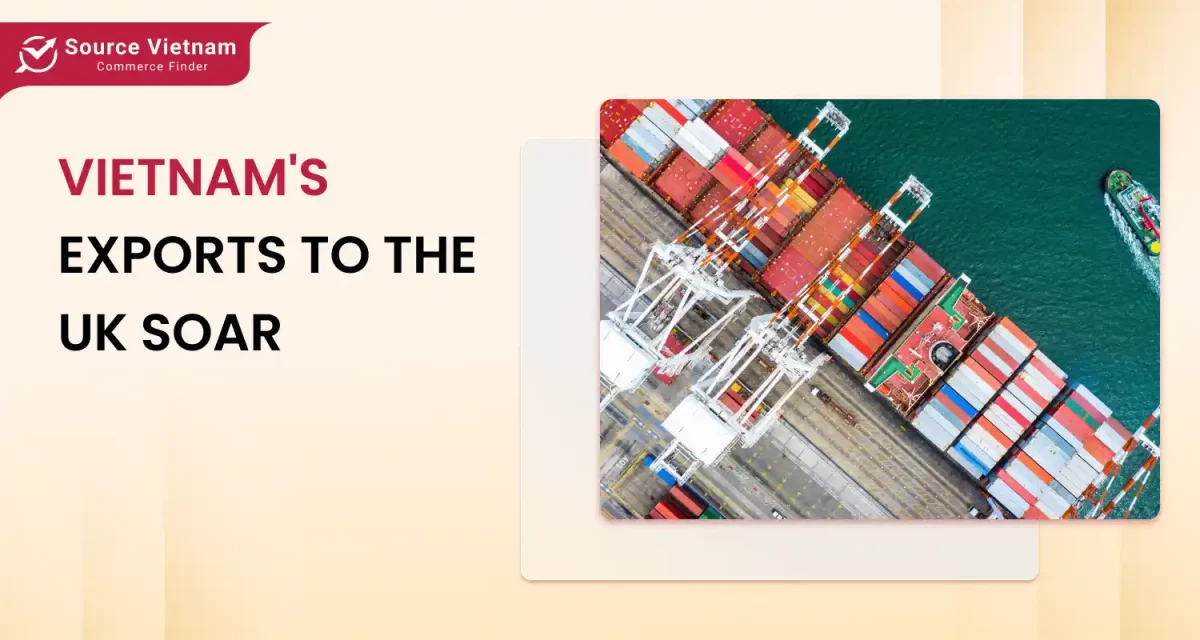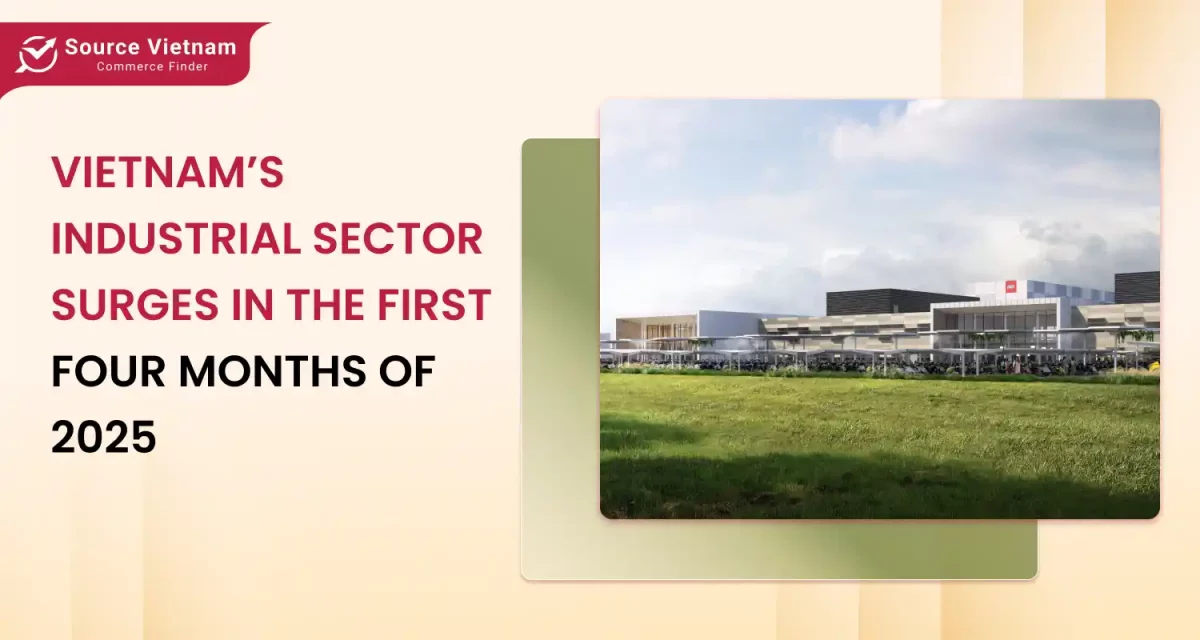Insight:
- Vietnam’s meat imports will surpass $1.7 billion by end 2024, driven by rising domestic consumption.
- This trend reflects the impact of trade liberalization and shifts in Vietnam’s agricultural economy.
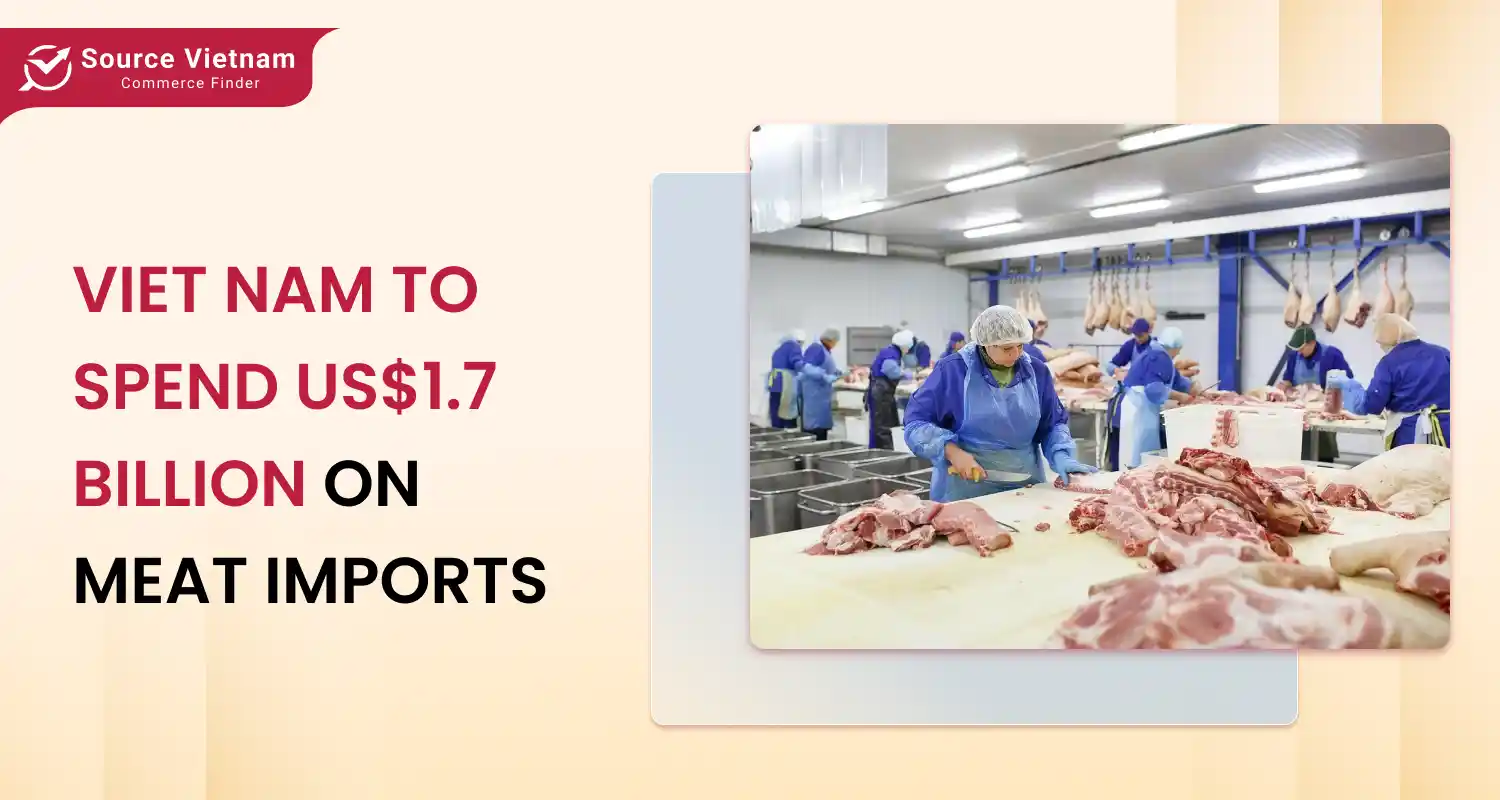
Key drivers behind rising meat imports
Meat imports in Vietnam are increasingly supplemented by domestic and international factors together. Factors affecting such types carry a heavy emphasis on what is seen in consumer cravings and market growth with a very active interaction pattern following trade exchanges around the world.
Growing domestic demand
Among the world’s leading countries for pork consumption, Vietnam is ranked highly as it is one of the main ingredients in the Vietnamese diet. Consumers have an increasing appetite for imported meat, especially for the upper-tier quality as the disposable income climbs.
Urbanization and changing lifestyles
Urban residents are inclined toward diverse diets. This is of course what has resulted in enhanced demand for excellent imported meat, both beef as well as poultry.
Trade liberalization
And that’s how FTAs have made imported meat more readily accessible and less costly for Vietnamese consumers.
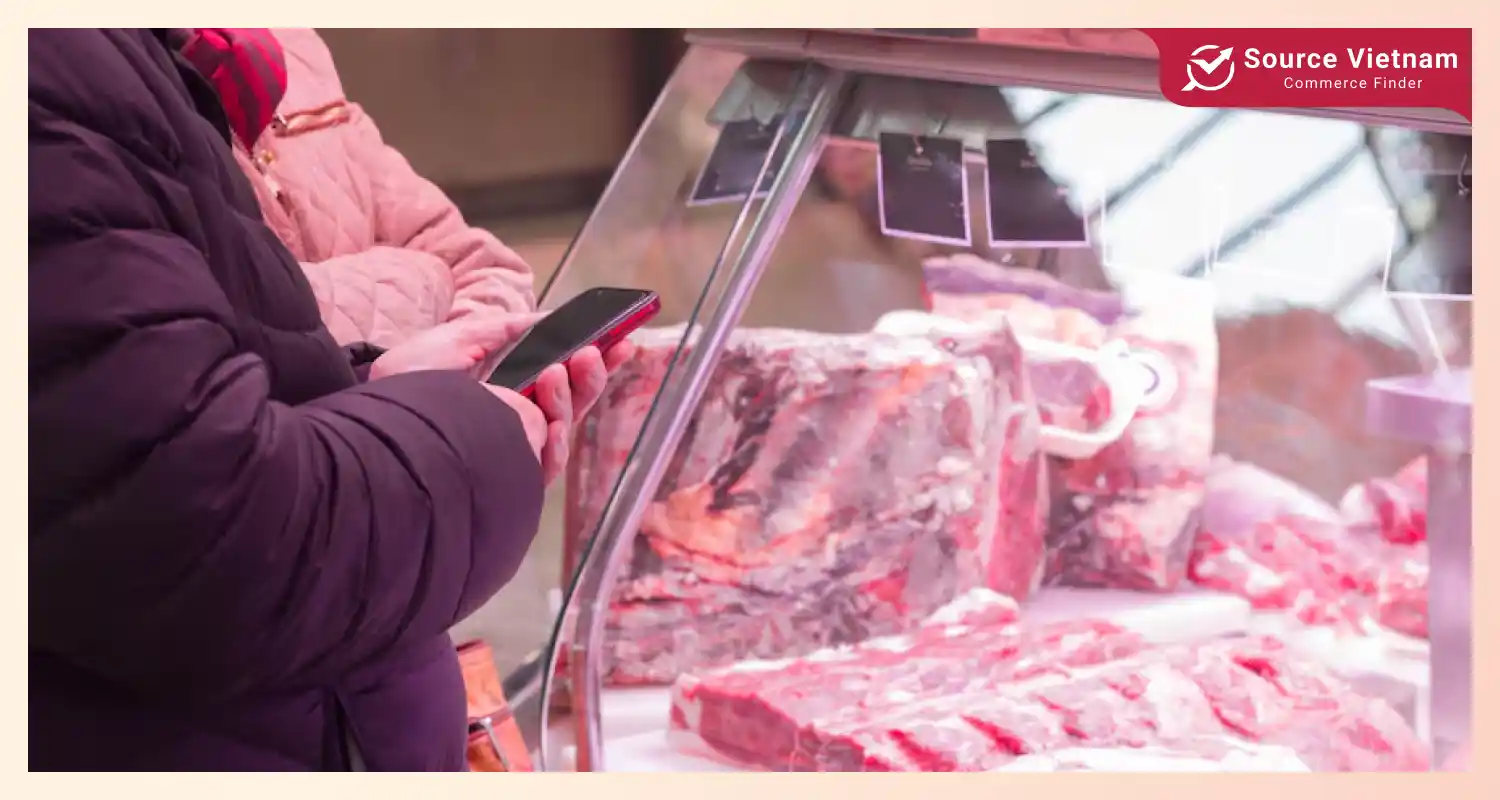
Detailed analysis of meat imports
The meat import structure in Vietnam presents a good range of suppliers to meet diverse consumer preferences for meat types. Import-related statistics reflect volume and value, thus indicating the increasing trend of imports as part of food supply in the country.
| Meat type | Lending suppliers | Key stats |
| Pork | Brazil, Russia | Brazil accounts for 39.28% of imports; Russia 29.88% |
| Beef (Frozen/Chilled) | Australia, US, Canada | Increased demand for high-quality beef cuts. |
| Buffalo meat | India | 160,000 tonnes from India, valued at $531.5M. |
| Poultry | Poland, South Korea | Meeting demand for processed and packaged poultry. |
Challenges for local producers
It is true that many of the imports are entering the country now. However, the meat industry in Vietnam still faces other challenges:
- Price competition: Imported meats are cheaper on the market, which encourages local farmers to increase the efficiency of production.
- Production input Cost: High feed costs plus obsolete farming practices render an uncompetitive frame of local meat production.
- Consumer acceptance of imported meat: It is considered better quality than locally produced meat, and hence it tends to draw attention away from the local suppliers.
Future outlook for pork production in Vietnam
Despite a rise in imports, pork production in Vietnam will steadily continue its growth.
- Prediction for 2025: Domestic production is expected to reach around 4 million tonnes.
- Forecast for 2030: A production of 4.7 million tonnes will be attained with modernization in farming practices and investments in local agriculture.
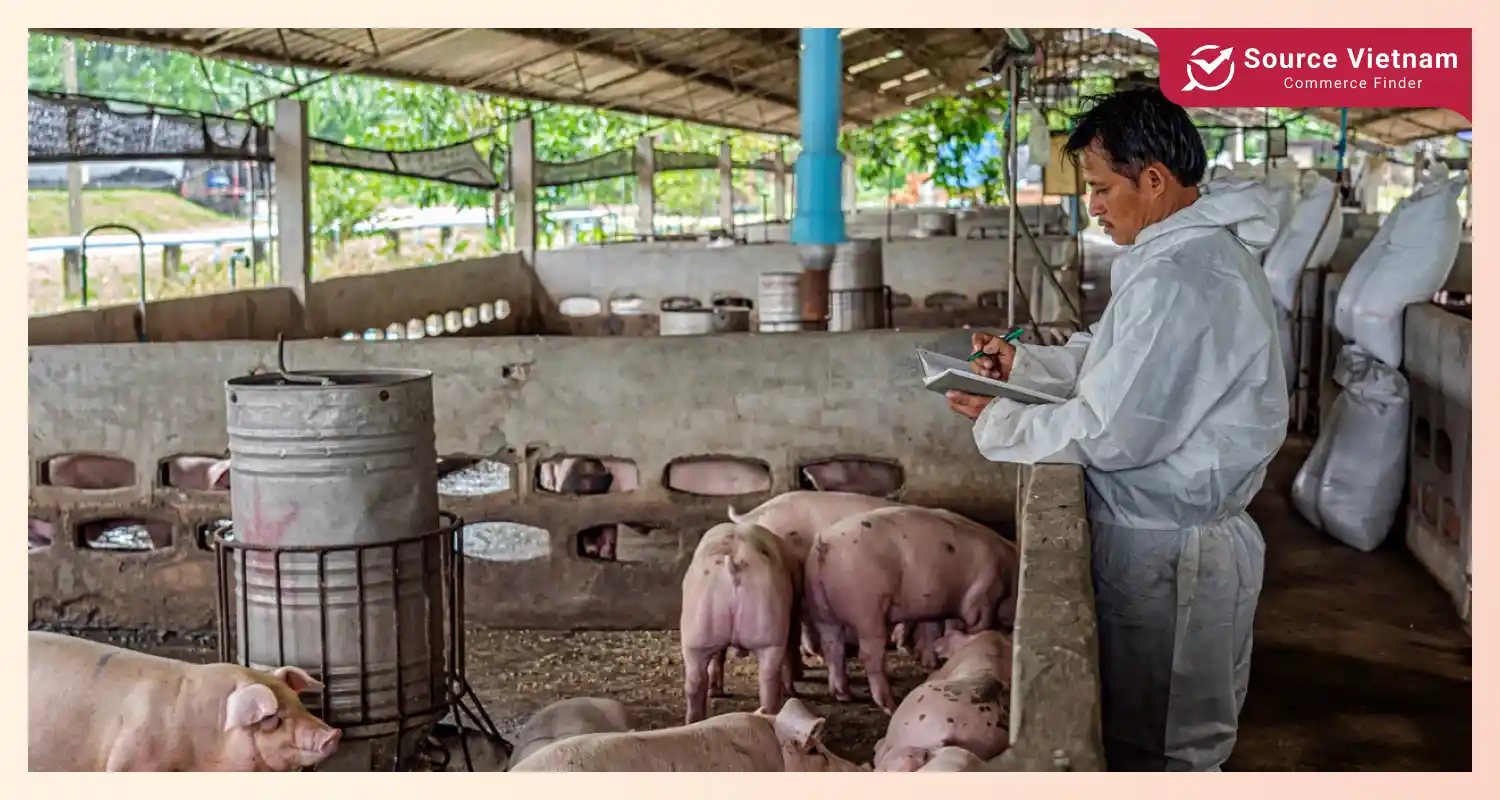
Implications for food security and trade policy
It is increasingly critical for Vietnam’s food security and calls for policy changes to keep a resilient domestic meat industry against the current evolving consumer preference, in addition to the growing dependence on imported meat.
- Food security issues: Imported meat is causing doubt about long-term food security, especially when there are disturbances in supply chains globally.
- Policy revisions: The balance between trade liberalization and assistance to local farmers has to be maintained by the government in order to have a sustainable domestic meat industry.
- Evolving palates: With most Vietnamese consuming more imported meat, enterprises have to make adjustments in their products to meet the changing tastes.
Conclusion
Vietnam’s rising meat imports reflect a dynamic interplay of global trade policies, domestic economic growth, and changing consumer preferences. While imports provide diverse choices for consumers, they also pose challenges for the local agricultural sector. Moving forward, a balanced approach between leveraging trade opportunities and strengthening domestic production will be crucial.
Visit SourceVietnam.com to explore comprehensive insights on Vietnam’s trade trends, market opportunities, and strategies for sustainable growth.

